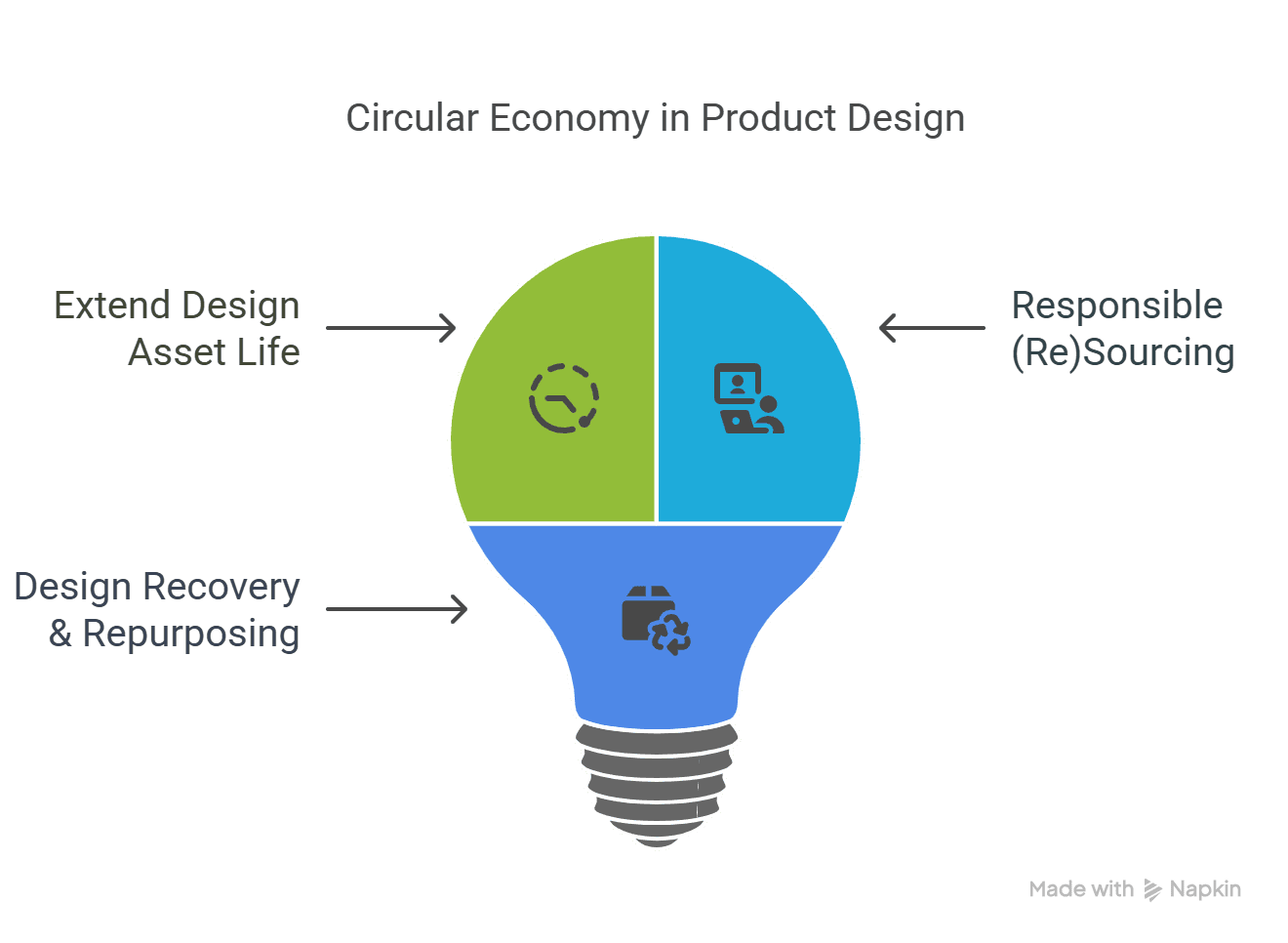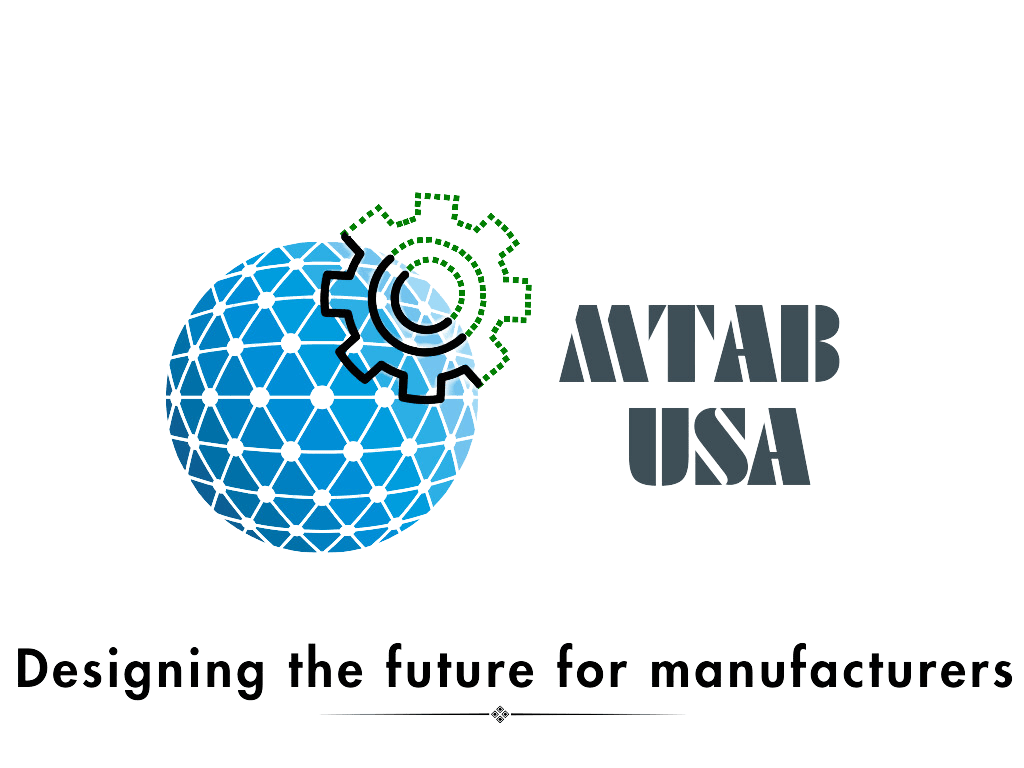Practical Tips on How to Reframe Design Process and Thinking in Manufacturing
My goal in this article is to identify a few practical ways design engineers can incorporate reuse and automation in their design process. I come at it from a place of curiosity and how I worked with my team. Design is a critical pillar of digital transformation—not only as a contributor, but as a function that must itself evolve. Transforming the design process through automation and AI is essential to enabling agility and integration across the entire manufacturing value chain
Manufacturers, OEMs and others, are under pressure to deliver customized products faster, at lower cost, and with greater consistency. Yet in many engineering departments, tribal knowledge, limited design reuse, and underutilized tools are slowing down innovation. We frequently see repeated effort, SKU proliferation, and inconsistent product quality.
Design reuse is not just about saving time. It is a strategic lever for improving engineering productivity, ensuring design consistency, and enabling scalable digital transformation. Think of this as a circular economy principle applied to product design- extend design asset life, responsible (re)sourcing, repurposing!The Hidden Cost of “Starting from Scratch"
Many design departments struggle with:
Poor searchability of past design files, drawings, or BOMs.
Lack of modular design templates for commonly used sub-assemblies
Missing integration between mechanical, electrical, and control engineering
Inconsistent annotations or design history that limit reuse and collaboration

Engineering Productivity Through Reuse: 3 Critical Enablers
Modular Design and Standardization
Create libraries of commonly used components, assemblies, and sub-systems. Many of the CAD engineering packages are including templates to ease the creation of standard parts. You can create templates for internal use as well.
Cross-Domain Collaboration
Integrate MCAD and ECAD platforms for electro-mechanical builds.
Use simulation to validate design fitment and assembly logic before build. Fitment was one of the biggest challenges and issues cropped up during prototype fabrication. Fitment features/ analysis are underutilized.
Searchable, Annotated Digital Twins:
Your drawings are your entry-level digital twins
Transform static 2D drawings into annotated 3D models with tribal insights, design constraints, and change history embedded
Use PDM/PLM systems (e.g., Siemens Teamcenter, PTC Windchill, Dassault ENOVIA) to version, track, and audit reuse metrics
🔍 Industrial Foundation Models: The New Assistant on the Design Desk
The rise of Industrial Foundation Models (IFMs)—large-scale AI models trained on multi-modal engineering and manufacturing data—is changing how design teams work. These models offer contextual intelligence, helping engineers reuse designs more confidently, test alternatives faster, and reduce errors earlier.
Real-World Application: SolidWorks Workflow for Annotating a Robot Arm Base
Here is one possible workflow to turn an existing mechanical assembly (e.g., a robot arm base with motors and cycloidal gears) into a smart, annotated asset in SolidWorks:
Prepare the Assembly: Organize and constrain your .SLDASM file with configurations.
Use DimXpert and Model Items: Auto-apply manufacturing dimensions and tolerances.
Feature Recognition with FeatureWorks: Recover editable features from legacy parts.
Enhance with 3DEXPERIENCE AI: Use AI to suggest part reuse and missing metadata.
Publish with MBD: Export annotated 3D PDFs for collaboration.
Archive in SolidWorks PDM: Tag, search, and reuse designs across teams.
Sources: SolidWorks Help, FeatureWorks Guide, MBD White Paper, Dassault 3DEXPERIENCE AI Docs.
Tangible results:
Albeit not fully automated, at MTAB Engineers, we changed our design process. We incorporated modular thinking of design and clear annotation in our design work. It helped us significantly reuse design assets and create platforms for robotics, mobile robots and CNC machines:
Speeding up our time to market by 25-30%;
Understanding impact of substitute components and extent of changes;
Creating virtual simulations for customer specific applications;
Most importantly, keeping internal and external documentation up to date.
Closing:
In a world of increasing complexity and convergence of IT and OT, design reuse isn’t a shortcut—it is a competitive advantage. When OEMs and parts manufacturers structure their product design around reusability, engineering becomes a productivity engine rather than a bottleneck.
If you would like a white paper on this topic, drop me a note.